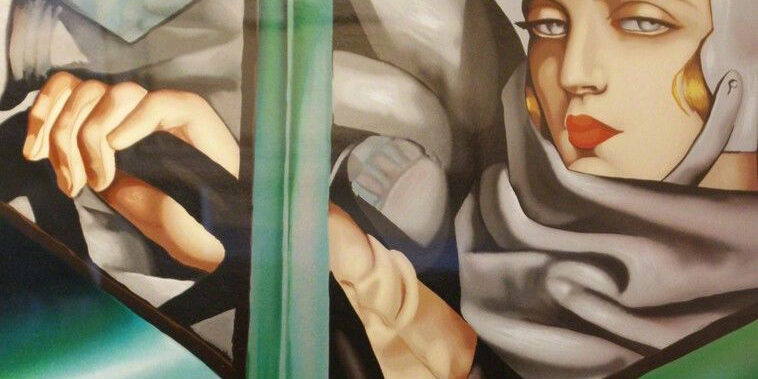Historic LA Times Building Wins Wrecking-Ball Reprieve

The former headquarters of the Los Angeles Times, recommended for designation as a cultural and historic landmark. (Nathan Solis/CNS)
From Courthouse News Service: Officials in Los Angeles on Thursday recommended making the Art Deco former digs of the LA Times a cultural-historic landmark, putting a wrinkle into redevelopment plans by the building’s new owner.
The Times Mirror Square, a three-building complex in downtown LA, encompasses several decades of architectural periods with the first – an Art Deco building designed by famed architect Gordon Kaufman – built in 1935. The complex was sold by the Times’ previous Chicago-based owners and the newspaper moved to its new headquarters this summer.
Tracing Ghost Signs to a Historic Chicago Record Label

623 S. Wabash Ave. PHOTO: MICHAEL PRESS
From Chicago Magazine: In 1924, Brunswick (the corporation largely known for recreational equipment) went into the radio business, partnering with the Radio Corporation of America to include radios in their phonograph cabinets; that December, Brunswick began broadcasting the “Brunswick Hour of Music” from its New York studios. While Brunswick wasn’t the first record company to enter radio, its partnership with RCA had an immediate impact: Within a month of the first “Brunswick Hour of Music,” its main competitor Victor started producing its own broadcasts. Three years later, Brunswick became the home of WCFL, Chicago’s “Voice of Labor” — a groundbreaking partnership with the Chicago Federation of Labor that claimed to be the nation’s sole “labor radio broadcast station.” In addition to labor programming, the station also played music performed by many of Brunswick’s artists (and some religious services).
Doc’s Clock reunited with neon sign at new Mission Street home

Photo: Teresa Hammerl/Hoodline
From Hoodline: On Tuesday evening, Mission dive bar Doc’s Clock was reunited with its signature neon sign in its new location at 2417 Mission St. (at 20th St.)
A crowd gathered in front of the sign to witness it blink for the first time in its new home; on Wednesday evening, it was still shining and visible on the Mission Street corridor.
Art Deco’s Streamlined Designs Envisioned a Glamorous Future

Tamara de Lempika, Auto Portrait. Winchester Galleries
From Artsy: Art Deco grew out of a yearning, aggressive desire to be rid of the past and embrace the future in all its man-made, machine-driven glory. The aesthetic movement rose and fell in the period between the two World Wars and played an outsize role in shaping the West’s modern imagination, particularly within France and the United States. (New York, Chicago, Miami, and San Francisco—to name just a few American cities—all boast prominent Art Deco architecture.) A Gatsbyish hedonism descended on prosperous post-war America; new technologies made cars, radios, and refrigerators accessible to the average person; and consumer tastes for ornament and luxury skyrocketed. As a result, design evolved to reflect and enhance this heady sense of advancement.
The LA County Fair Unearths Long-Buried Stories of Route 66

Julia Bui and Lethia Cobbs, “Rerouting 66,” plywood, acrylic paint, papier mache, fabric, newsprint, found objects
From Hyperallergic: The Alt 66 Diner in the Millard Sheets Art Center, located at the Fairplex currently hosting the LA County Fair, welcomes guests with a familiar setting: an old-school roadside diner with a neon sign shining “EAT,” glass bottles of Coca-Cola, and a colorful, Googie-style menu. But this is the last of wholesome, all-American imagery guests see before stepping into Alt 66, an immersive exhibition that explicitly focuses on less popular narratives told along the Mother Road. The artworks give insight into the lives of those who built, traveled, and lived along the interstate — a diverse blend of race and class, all dreaming of the West.


